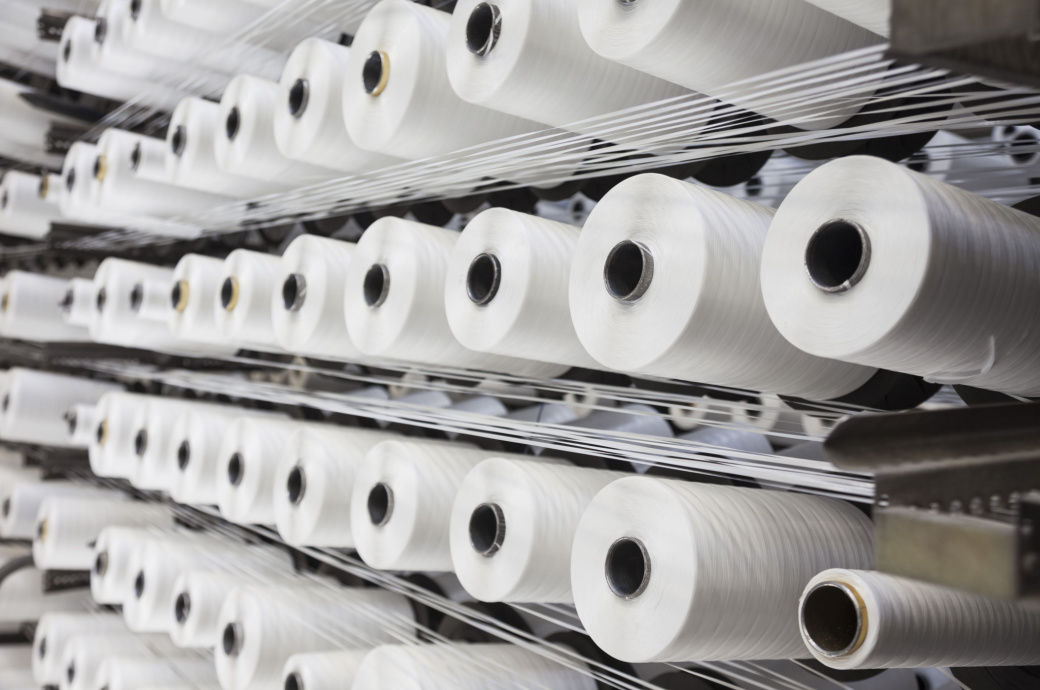
The remaining countries registered deeper manufacturing downturns, with the majority recording the fastest deterioration since the initial COVID-19 shock during the first half of 2020.
Export demand also sank sharply in the eurozone as geopolitical uncertainty, high inflation and weaker economic conditions around the world weighed on foreign client spending, it said.
With output requirements rapidly diminishing, eurozone manufacturers reduced their purchases of inputs to the quickest extent since May 2020. A further easing of supply chain pressures was also recorded as more capacity was freed up at suppliers.
The S&P global eurozone manufacturing PMI recorded in sub-50.0 territory for a fourth month in a row in October, signalling a sustained downturn in manufacturing sector conditions. At 46.4, the headline index fell from 48.4 in September to its lowest level since May 2020.
Spain was the worst-performing nation during October, closely followed by Germany. Euro area manufacturing output continued to fall during October, extending the current sequence of contraction that started in June.
Excluding the months at the start of the pandemic, the future output index registered its lowest reading since the series began in 2012 during October. High inflation, geopolitical uncertainty and worsening economic conditions globally underpinned the pessimistic outlook.
Fibre2Fashion News Desk (DS)